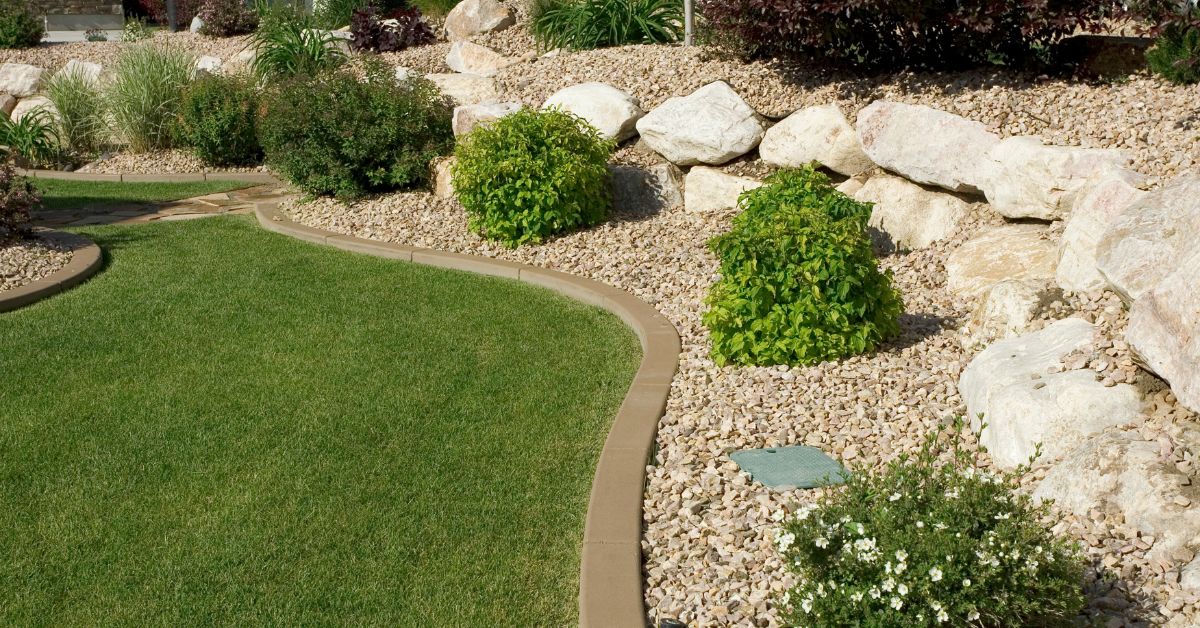Drought-tolerant landscaping is a popular and sustainable solution for homeowners who want to conserve water and reduce their environmental impact. With drought-tolerant landscaping, you can create a beautiful and functional outdoor space that requires minimal water and maintenance. This article will discuss the benefits of drought-tolerant landscaping and some tips for creating drought tolerant landscaping.
Benefits of Drought-Tolerant Landscaping
Drought-tolerant landscaping offers several benefits, including:
- Water Conservation: Drought-tolerant plants require less water than traditional landscaping plants, which can help you conserve water and reduce your water bill.
- Low Maintenance: Drought-tolerant plants are typically low maintenance and require less pruning and fertilizing than traditional landscaping plants.
- Increased Curb Appeal: A well-designed drought-tolerant landscape can enhance the curb appeal of your property and increase its value.
- Sustainability: Drought-tolerant landscaping is a sustainable solution that reduces your environmental impact and supports local ecosystems.
Tips for Creating a Drought-Tolerant Landscape
Creating a drought-tolerant landscape requires careful planning and consideration. Here are some tips to help you get started:
- Choose Drought-Tolerant Plants: Choose plants that are native to your area and require minimal water. Some popular drought-tolerant plants include succulents, cacti, lavender, and ornamental grasses.
- Group Plants by Water Needs: Group plants together based on their water needs to ensure that they receive the appropriate amount of water. Plants that require more water should be placed in areas that receive more sunlight and where water can be easily accessed.
- Use Mulch: Mulch helps retain moisture in the soil and reduces water evaporation. Use organic mulch, such as bark or wood chips, to cover the soil around your plants.
- Use Drip Irrigation: Drip irrigation delivers water directly to the roots of plants, reducing water waste and promoting healthy plant growth. Install a drip irrigation system in your landscape to ensure that your plants receive the appropriate amount of water.
- Add Landscaping: Landscaping features such as gravel, rocks, and paving can add visual interest and reduce the amount of water needed in your landscape.
In conclusion, drought-tolerant landscaping is a sustainable and beautiful solution for homeowners who want to conserve water and reduce their environmental impact. By choosing drought-tolerant plants, grouping plants by water needs, using mulch and drip irrigation, and adding landscaping features, you can create a functional and attractive landscape that requires minimal water and maintenance. With a little planning and creativity, you can create a drought-tolerant landscape that enhances the value and beauty of your property.

